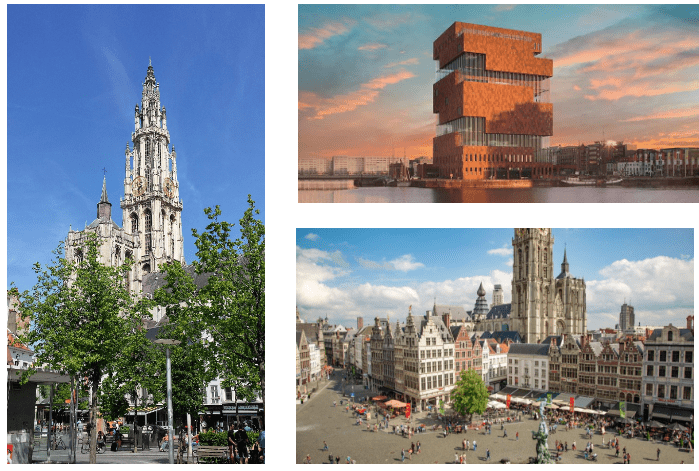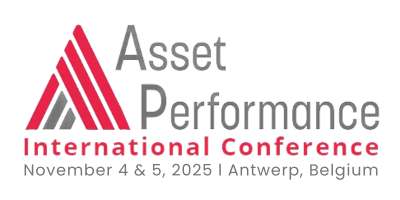Antwerp in a nutshell
Belgium’s second largest city offers you everything on your citytrip checklist, and even more: a medieval castle, a startling architecture and a vibrant fashion and entertainment scene. Antwerp is the industrial heart of Belgium and home to the largest integrated chemical cluster in Europe.
Based on the four fundamentals of the Antwerp economy—port, chemical cluster, diamond, retail & fashion—the
city is executing an innovation strategy in three growth clusters: digital innovation, circular economy and health.
Port of Antwerp-Bruges is now the largest European port for conventional cargo and the biggest European container port with the widest range of value-added logistics and industrial services of any European port. Port of Antwerp-Bruges creates a total of 164,0000 jobs directly and indirectly and adds economic value to the city of almost €21 billion. PoAB is the second largest port in Europe, to a surface of 14.322 hectares, 1,400 companies and worldwide
connections with more than 1200 destinations. PoAB is ranked 13th in the top 20 container ports worldwide. PoAB
is home to the largest chemical cluster in Europe, and by joining forces, the port platforms of Antwerp and Zeebrugge are strengthening their position in the global logistics chain.

Why Antwerp?
- Seaport in the heart of Europe
- Close to the chemical clusters in Antwerp & Rotterdam
- Direct & fast access from Brussels airport by train every 30 minutes
- High speed train connection from Paris, London, Köln and Amsterdam
- Conference center next to the railway station
- 2,000 beds within walking distance
- History, culture, beer, chocolate and diamonds
The city center of Antwerp is the perfect combination of authentic and progressive. Quality is key and you’ll find it in every aspect. Whether you go out for dinner, have a drink at the bar or stroll around, you’ll always feel welcome. Start your trip up north at the MAS, one of the most imposing museums, and work your way down alongside the Cathedral of Our Lady, the Rubens House and the beautiful Botanical Garden. You will find more diamonds in the Diamond Square Mile – where international diamond hallmarks originate – than in the rest of the world. And peppered all over the city are dazzling shop windows full of attractive jewellery designs. And of course, don't forget to taste the famous Belgian beer and chocolates.

What's in a name?
According to the most known legend about Antwerp, a giant called Antigoon exacted a heavy toll from any seafarer crossing the river Scheldt. If the sailors refused to pay the toll, Antigoon mercilessly chopped off one of their hands.
What's in a name?
A brave Roman soldier called Silvius Brabo killed the giant in a battle, chopped off his hand and threw it in the Scheldt. Eventually the Dutch term 'hand werpen' (throw a hand) became 'Antwerpen' (Antwerp).
It's a great folk tale, but the city's name is not derived from 'hand werpen'... Sorry to spoil the fun.
What's in a name?
How did Antwerp get its name then?
The Scheldt still plays a key role. It is a tidal river, between low and high tide there is a difference of five to six metres. At high tide, the river leaves sludge which is deposited on the bank. After a while, this results in an accumulation of sludge, which is 'thrown onto the river bank' again and again or is ‘aangeworpen' in Dutch. Aanwerpen, Antwerp.
Less exciting in other words than Brabo and Antigoon. But the only correct explanation for the name of the beautiful city of Antwerp.
What's in a name?
This accumulated sludge is of course the ideal place for anyone wanting to sit high, dry and safe. The ideal location for a settlement, and later for a city. Higher than the vast surroundings, with an excellent view of the ships that arrive. Antwerp's former inhabitants saw every enemy coming from miles away.
